Disclosure: This article contains affiliate links. We may earn a commission from purchases at no extra cost to you, which helps our travel content.
Standing at the base of Cerro San Cristóbal, watching the Andean sunset paint Santiago's skyline in hues of amber and rose, I felt that familiar rush of solo travel excitement. As a conservation scientist who's traversed landscapes from Taiwan's misty mountains to New Zealand's rugged coastlines, I've developed a particular fondness for cities that balance urban energy with natural beauty. Santiago—nestled in a valley surrounded by snow-capped peaks—embodies this harmony perfectly. My recent spring sojourn to Chile's capital revealed a city of contradictions: historically rich yet modernizing rapidly, chaotically vibrant yet surprisingly tranquil in its hidden corners.
Navigating Santiago Safely: A Woman's Perspective
As a woman traveling solo, safety considerations naturally influence how I experience a destination. Santiago, like any major metropolis, requires awareness but shouldn't inspire undue anxiety. During my week-long stay, I found the city largely welcoming and navigable with basic precautions.
The metro system deserves particular praise—clean, efficient, and remarkably easy to understand even with limited Spanish. I purchased a BIP card my first day (available at any metro station), which simplified my journeys tremendously. The red Line 1 connects most major tourist attractions, while the newer Line 6 offers a quick route to more residential neighborhoods worth exploring.
For evening transportation, I relied on ride-sharing apps rather than hailing taxis on the street. Having a portable mobile hotspot proved invaluable for maintaining connection throughout the city, allowing me to order rides and navigate confidently even in areas with spotty public WiFi.
While Santiago is generally safe during daylight hours, I exercised typical urban vigilance—keeping valuables secure in my anti-theft crossbody and avoiding isolated areas after dark. The neighborhoods of Providencia, Las Condes, and Bellavista felt particularly comfortable for solo exploration, with plenty of well-lit streets and public activity even into the evening.
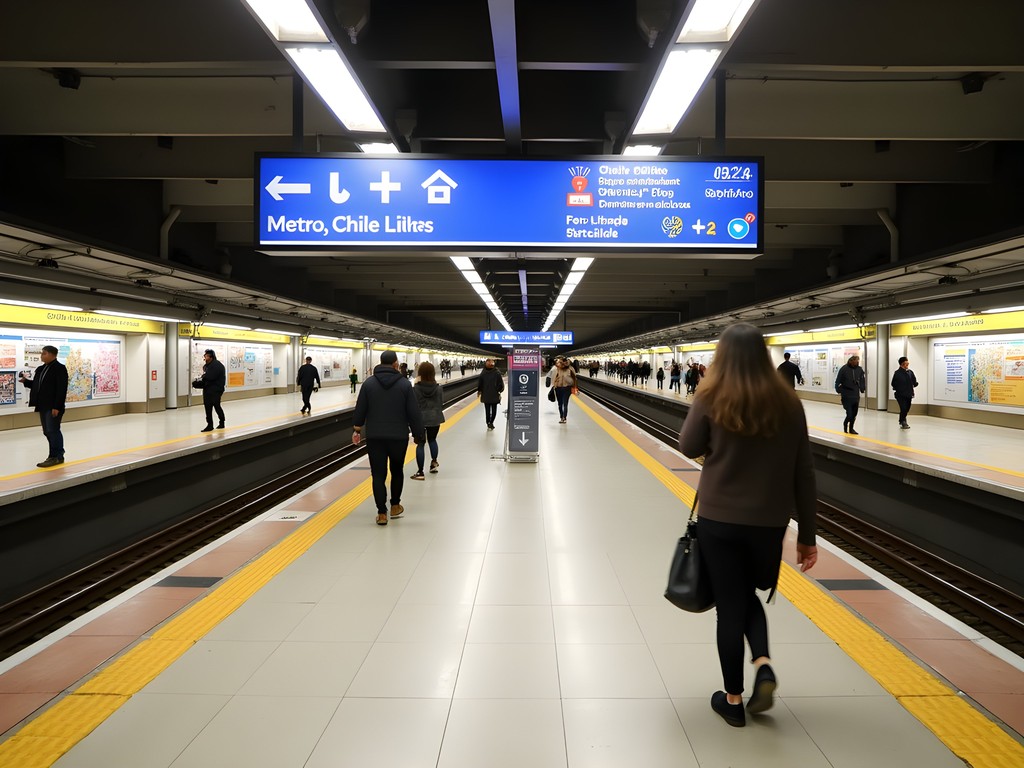
💡 Pro Tips
- Stick to the metro during rush hours rather than overcrowded buses
- Women-only metro cars are available during peak hours—look for the 'Solo Mujeres' signs
- Keep a paper map as backup—Santiago's grid layout makes it relatively easy to reorient yourself
Cultural Immersion Through Santiago's Markets
My scientific background has always drawn me to markets—these microcosms of local culture reveal so much about a region's relationship with its natural resources. Santiago's markets proved to be treasure troves of both cultural insights and sensory delights.
Mercado Central, though admittedly touristy, offers an excellent introduction to Chile's maritime bounty. The building itself—an ornate iron structure dating to 1872—speaks to Santiago's 19th-century prosperity. While I skipped the restaurant stalls clearly catering to visitors, the fish vendors along the perimeter provided a fascinating glimpse into Chile's astounding marine biodiversity. As a conservation scientist, I was particularly interested in observing which species were prevalent and discussing sustainable fishing practices with vendors willing to chat.
For a more authentic experience, La Vega Central became my regular morning destination. This sprawling produce market showcases Chile's remarkable agricultural diversity—from the desert-grown fruits of the north to the hearty root vegetables of the south. I found myself documenting the incredible variety of potatoes (Chile boasts over 200 native varieties) and collecting stories from vendors about traditional growing practices.
To fully appreciate the market experience, I carried my packable tote for spontaneous purchases and wore my slip-resistant shoes to navigate the occasionally slippery floors confidently.
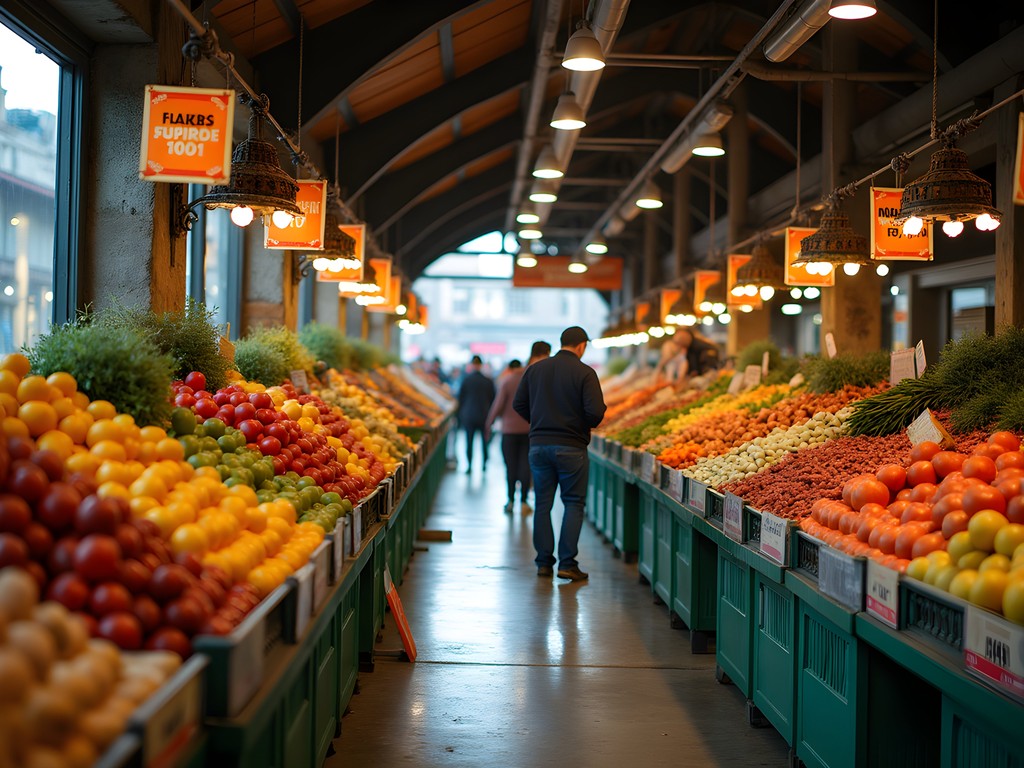
💡 Pro Tips
- Visit markets early (before 10am) for the freshest produce and fewer crowds
- Bring small bills and coins for easier transactions
- Learn basic food vocabulary in Spanish to facilitate meaningful conversations with vendors
Literary Santiago: Bookstore Treasures for the Solo Explorer
As an avid reader who seeks out bookstores in every destination, Santiago did not disappoint. The city harbors a rich literary tradition that reflects its complex political history and vibrant intellectual life.
My first literary pilgrimage led me to Librería Ulises in Barrio Lastarria, a charming neighborhood that feels like Santiago's artistic heart. This independent bookshop specializes in art, photography, and architecture titles, with a thoughtfully curated selection of works in English. The staff recommended several Chilean authors available in translation, including Roberto Bolaño and Isabel Allende, whose works provided valuable cultural context for my explorations.
For those seeking English-language books, Books & Bits in Providencia offers an excellent selection of both fiction and travel literature. I spent a rainy afternoon browsing their shelves and left with a Chilean poetry collection that became my evening companion throughout the trip.
Perhaps my most memorable literary discovery was Librería Qué Leo in Barrio Italia, where I stumbled upon a Spanish-language conservation biology journal featuring research from colleagues I'd collaborated with in New Zealand—a serendipitous reminder of how connected our global scientific community truly is.
To document my literary discoveries and scientific observations, I relied on my weatherproof notebook, which proved essential during Santiago's unpredictable spring showers.
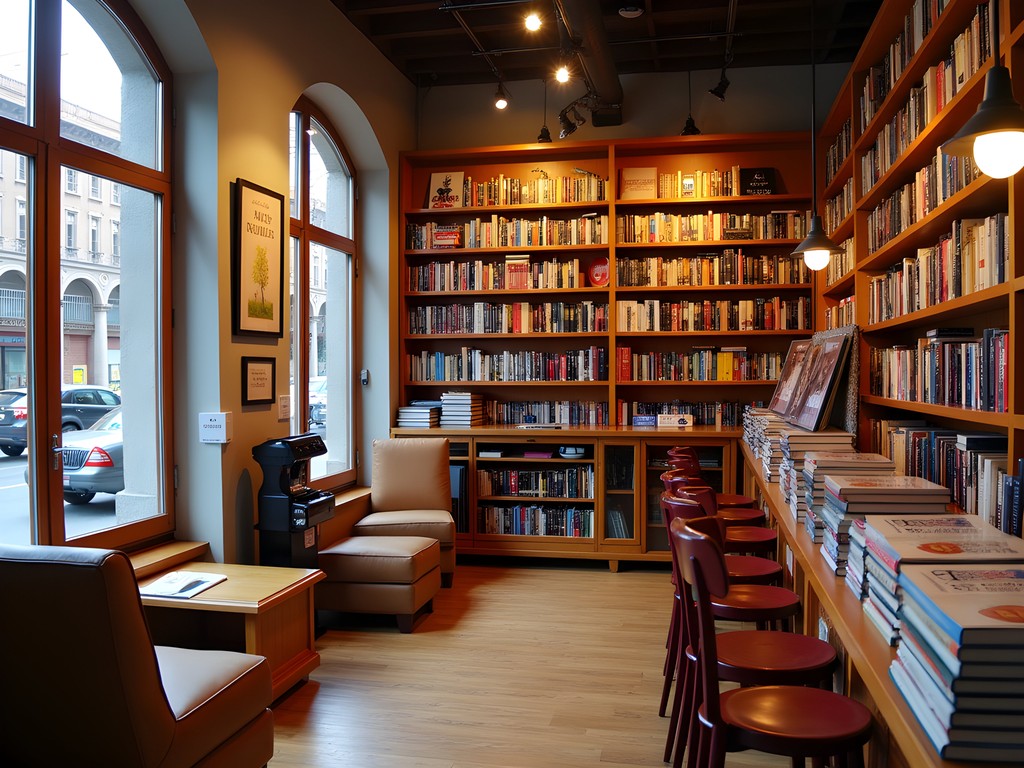
💡 Pro Tips
- Ask booksellers for recommendations of Chilean authors available in your language
- Check bookstore bulletin boards for readings or literary events happening during your visit
- Most bookstores open late (around 11am) but stay open into the evening
Urban Ecology: Santiago's Green Spaces and Conservation Areas
As a conservation scientist, I'm naturally drawn to understanding how cities integrate with their surrounding ecosystems. Santiago offers fascinating opportunities to observe this relationship firsthand.
Parque Metropolitano, home to the iconic Cerro San Cristóbal, serves as Santiago's ecological heart. This urban mountain rises 300 meters above the city, creating a crucial green corridor for native flora and fauna. During my visit, I participated in a guided ecology walk led by university students who identified endemic plant species and explained ongoing restoration efforts. I was particularly impressed by the native garden sections showcasing Chile's remarkable botanical diversity—from coastal species to high Andean flora.
For bird enthusiasts, the water-resistant binoculars I packed proved essential for spotting species along the Mapocho River, which cuts through the city center. Early morning walks revealed surprising biodiversity, including several migratory species I hadn't expected to encounter in an urban setting.
Perhaps most impressive is Santiago's commitment to urban ecological restoration. The Parque Natural Aguas de Ramón, located on the city's eastern edge where the Andes begin their dramatic rise, offers hiking trails through protected watershed lands. Here, conservation efforts focus on preserving the critical ecosystem services these mountains provide to the city, particularly water filtration and climate regulation.
To stay comfortable during these outdoor explorations, my merino wool base layer proved invaluable for Santiago's spring temperature fluctuations, which can swing dramatically throughout the day.

💡 Pro Tips
- Visit Parque Metropolitano on weekday mornings to avoid crowds and increase wildlife sighting opportunities
- Register in advance for guided ecology tours at the Parque Natural Aguas de Ramón visitor center
- Download the iNaturalist app to contribute citizen science observations of Santiago's urban wildlife
Dining Solo: Santiago's Culinary Scene for the Independent Traveler
Dining alone can be intimidating in unfamiliar cultures, but Santiago offers numerous welcoming options for solo travelers eager to explore Chilean cuisine. Rather than feeling awkward, I found dining alone provided unique opportunities for conversation with locals and deeper appreciation of food traditions.
For breakfast, I developed a routine of visiting different cafés in Barrio Italia, where the specialty coffee scene has exploded in recent years. Cafetería Valdivia became my favorite morning spot, with baristas who remembered my order (cortado with oat milk) by my third visit and were eager to recommend different Chilean bean varieties each day. Their house-made sopaipillas—pumpkin-based fried pastries—paired perfectly with my morning caffeine.
Lunchtime offered opportunities to sample Chile's seafood bounty. At the recommendation of a local conservationist colleague, I discovered picadas—small, family-run eateries serving set lunch menus at reasonable prices. These unpretentious spots, filled with working Santiaguinos rather than tourists, provided authentic experiences and generous portions. Most offer a three-course almuerzo (lunch) for under $10 USD.
For evening meals when I craved company, I joined a food walking tour that introduced me to traditional Chilean dishes while providing the social atmosphere I occasionally missed while traveling solo. Our guide explained the fascinating fusion of indigenous Mapuche cooking techniques with European influences that characterizes Chilean cuisine.
To navigate dietary preferences and food allergies, I relied on my language translator device which helped me communicate specific requests to servers with confidence.
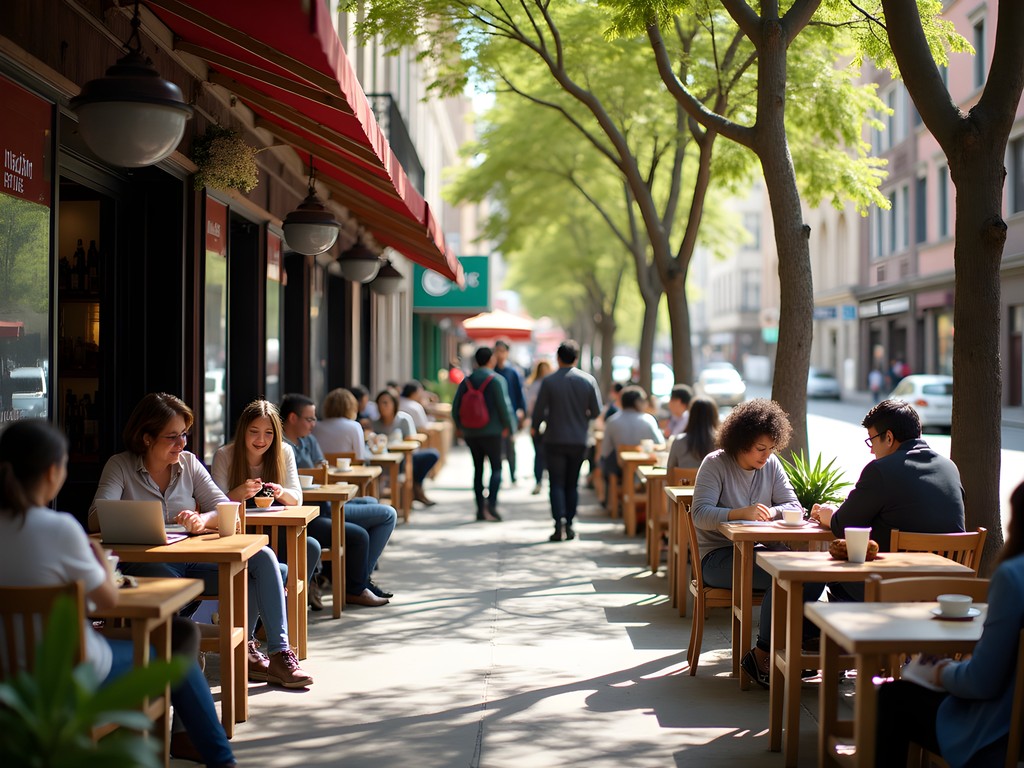
💡 Pro Tips
- Look for restaurants with bar seating where solo diners can interact with staff
- Visit Mercado Tirso de Molina for lunch counters where sitting alone is completely normal
- Embrace early dinner times (7-8pm) when restaurants are quieter and staff can be more attentive
Final Thoughts
As my week in Santiago drew to a close, I found myself lingering at the summit of Cerro Santa Lucía, watching the city transition from day to evening. The experience of navigating this complex urban landscape solo had been both empowering and illuminating—revealing a city far more nuanced than its sometimes overlooked status among South American destinations might suggest.
What struck me most was Santiago's dual nature: a city firmly anchored in tradition yet eagerly embracing innovation, particularly in its approach to urban sustainability and conservation. As a woman traveling alone, I found Santiago to be a city that rewards curiosity and careful observation rather than rushed itineraries.
If you're considering Santiago for your next solo adventure, I encourage you to approach it with an open mind and willingness to venture beyond the obvious attractions. Engage with locals about environmental challenges facing the region, seek out literary spaces that reveal Chile's complex history, and take time to observe how the city's relationship with its mountain ecosystem shapes daily life. In doing so, you'll discover a destination that offers not just safety and accessibility for women traveling alone, but genuine opportunities for cross-cultural connection and scientific discovery.
✨ Key Takeaways
- Santiago rewards slow exploration—build flexibility into your itinerary for spontaneous discoveries
- The city is generally safe for solo female travelers who exercise standard urban precautions
- Spring (September-November) offers ideal conditions for balancing urban exploration with nature excursions
- Learning basic Spanish phrases significantly enhances interactions and cultural experiences
- The city serves as an excellent gateway to Chile's diverse ecosystems for the scientifically curious traveler
📋 Practical Information
Best Time to Visit
Spring (September-November) or Fall (March-May)
Budget Estimate
$70-120 USD per day including accommodations, meals, and activities
Recommended Duration
5-7 days
Difficulty Level
Moderate

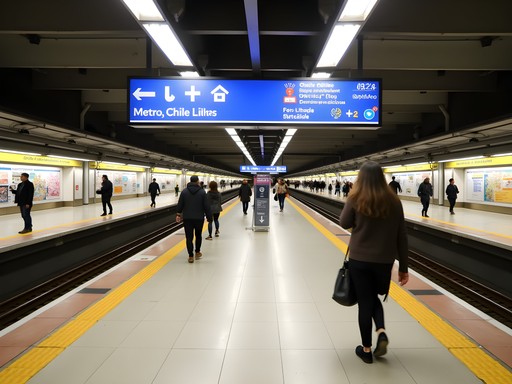
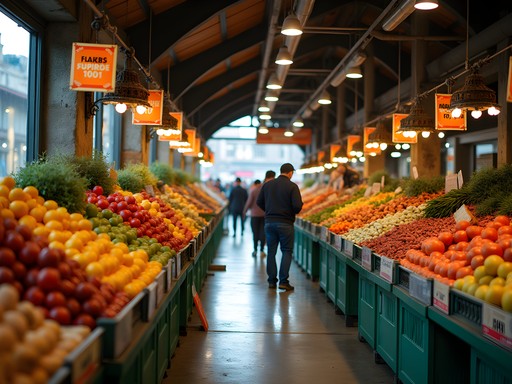

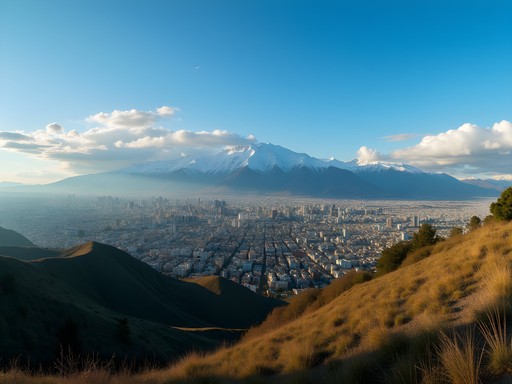
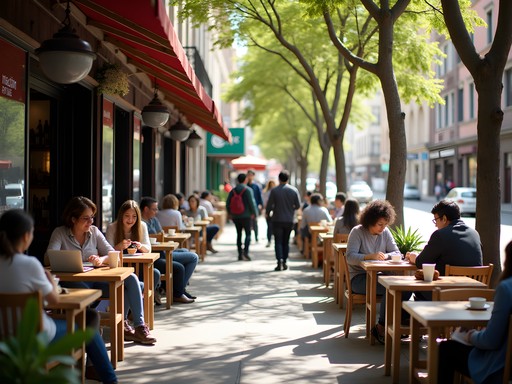


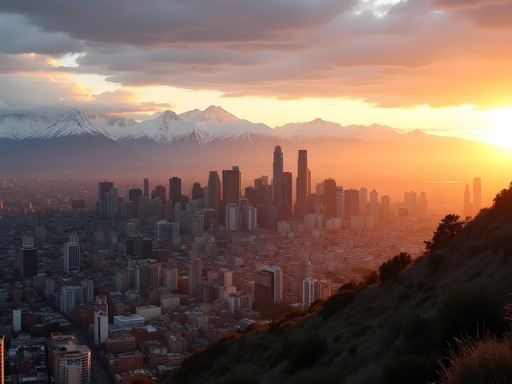

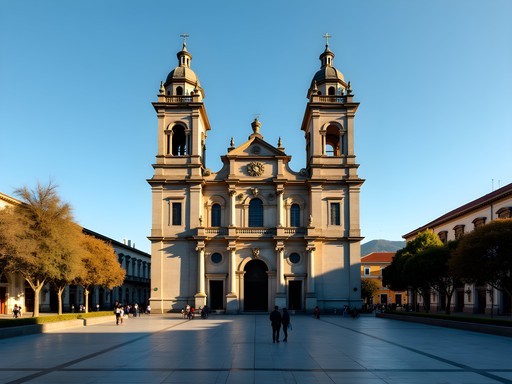
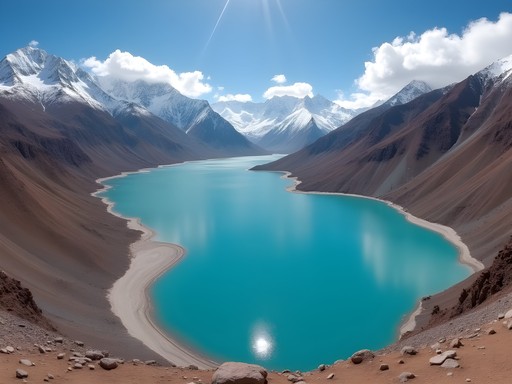
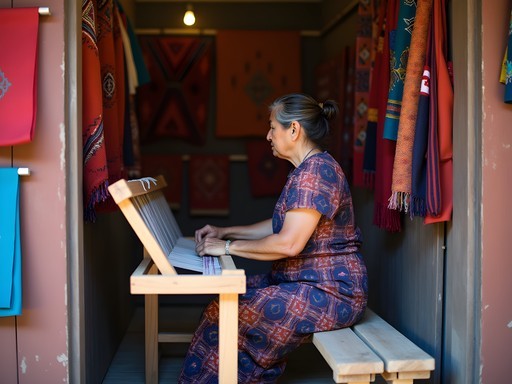
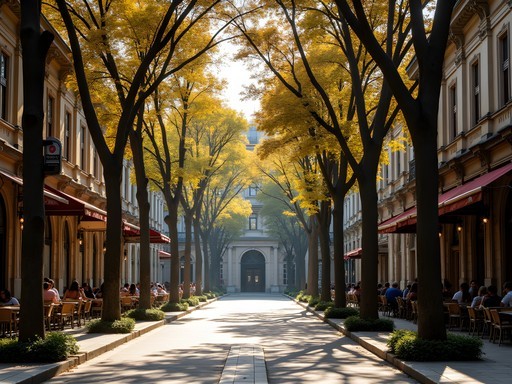
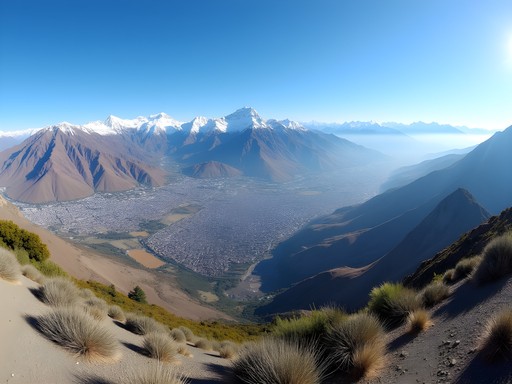

Comments
worldexplorer55
That sunset photo from Cerro San Cristóbal is absolutely stunning! Definitely adding this to my bucket list.
travellight92
Love the section about urban ecology! How easy was it to get to Cerro San Cristóbal? Is it walkable from downtown?
moondiver
Not Emilia but I can help! It's a bit far to walk from downtown. Take the metro to Baquedano station, then it's a short walk to the funicular entrance. The funicular ride up is part of the experience! Or you can hike up if you're feeling energetic.
travellight92
Perfect, thanks for the info! Funicular sounds fun!
Lillian Diaz
Your section on Literary Santiago brought back so many memories! During my backpacking trip through South America last year, I stumbled upon this tiny bookstore near Plaza de Armas where the owner recommended Chilean authors I'd never heard of. Pablo Neruda's house-museums were another highlight - La Chascona in Bellavista has such an eccentric charm! For anyone heading there, I'd recommend bringing a good Spanish phrasebook as many bookstore owners don't speak much English but are incredibly passionate about literature. I carried my pocket dictionary everywhere and it sparked so many meaningful conversations. Emilia, did you find any specific books or authors that captured Santiago's essence?
Emilia Tucker
Yes! I picked up Isabel Allende's 'The House of the Spirits' and reading it while in Santiago was magical. The city comes alive differently when you're immersed in its literature. La Chascona was definitely a highlight for me too!
wavezone
Adding these book recommendations to my list! Thanks both!
moondiver
I was in Santiago last year and totally agree about the markets! La Vega Central was incredible for fresh produce and local food. I'd also recommend checking out Barrio Italia which wasn't mentioned in your post - cute cafes and vintage shops that are perfect for solo exploration. The streets feel very safe during the day. Did you make it to any of the wineries outside the city?
Emilia Tucker
Barrio Italia is such a gem! I actually spent a whole afternoon there but had to cut that section for length. And yes, I did a day trip to Casablanca Valley - amazing wine experience!
wavezone
Great post! I'm heading to Santiago next month as a solo traveler too. Did you feel safe using the metro at night?
Emilia Tucker
Thanks wavezone! I generally felt safe on the metro until around 9-10pm. After that, I'd recommend Uber or Cabify, especially if you're alone.
wavezone
Good to know, thanks for the tip! Will definitely download Cabify before I go.
coolninja
Just got back from Santiago last month and your post captures the vibe perfectly! The view from Cerro San Cristóbal is indeed magical. One tip for other solo female travelers: I found the free walking tours that start in Plaza de Armas to be a great way to get oriented and meet other travelers. The guides share lots of local insights about which areas are best at different times of day. Also, the empanadas at Emporio Zunino in the Mercado Central are not to be missed - perfect lunch spot while exploring downtown!
wanderlustgal
Thanks for the empanada tip! Adding it to my list.
summerway
Great post! Did you need to know much Spanish to get around?
Emilia Tucker
Basic Spanish definitely helps! In tourist areas and upscale restaurants, you'll find English speakers, but having a translation app handy made a big difference for me, especially in markets and when using public transportation.
summerway
Thanks! I'll brush up on my basics before going. Any app recommendations?
Emilia Tucker
I used Google Translate with the offline Spanish pack downloaded - it was a lifesaver at La Vega Market!
wanderlustgal
Love this! Which neighborhood would you recommend staying in as a solo female traveler?
Emilia Tucker
I'd recommend Lastarria or Providencia! Both are safe, vibrant, and have great access to public transportation. Bellavista is fun but can be noisy at night.
Hunter Thompson
Totally second Providencia! I stayed there and loved how walkable it was with loads of cafés and parks. Felt super safe even in the evenings.
Hunter Thompson
Brilliant post, Emilia! I was in Santiago last year and absolutely loved the literary scene you mentioned. Librería Ulises in Lastarria was my favorite spot - spent hours there! Did you get a chance to check out Barrio Italia? The antique shops and cafés there are perfect for solo travelers looking for a chill afternoon. The craft beer scene is also taking off - I'd recommend Cervecería Nacional if you go back. Your tips on navigating the city safely are spot on!
wanderlustmood
This post couldn't have come at a better time! I'm planning a solo trip to Santiago next month. How safe did you feel using the metro at night?
Emilia Tucker
I felt pretty safe on the metro until around 10pm! After that I'd recommend using ride-sharing apps. The stations are well-lit and there are usually plenty of people around during regular hours.
wanderlustmood
Thanks so much for the quick reply! That's really helpful to know.
Venture X
Premium card with 2X miles, $300 travel credit, Priority Pass